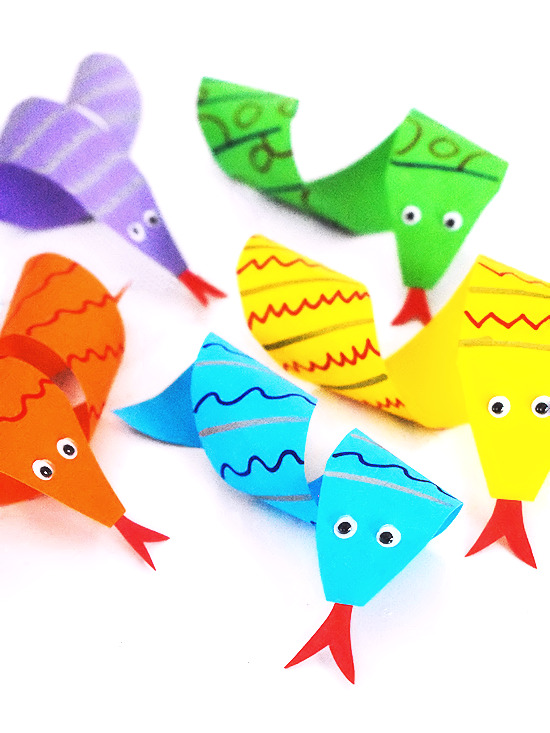
Ravelry is a social networking site that allows you to organize fiber arts like knitting, crocheting and spinning. Millions of users can share photos, patterns, stories, as well as photos. You can also find forums, chat rooms and photo albums on Ravelry, which can help you spot new patterns. Ravelry may not suit you if your goal is to have a safe place where you can discuss knitting or crocheting techniques.
1.4 Million registered users
Ravelry currently has more than 1.4 million registered members. It lets its members share their crochet and knitting projects. There are nearly 9,000,000 registered users on the site and over a million active monthly users. The website is popular among knitters and crocheters. They use it to meet new people and share ideas and patterns. Ravelry does away with targeted advertising. Members are only shown ads related to crafts and hobbies, and it does not have a public relations agency. Ravelry's staff handles customer service, and a large portion on the site's web pages. The founder has almost 30000 posts on the site's public forum.
Ravelry's community has many great advantages. Users can meticulously log their knitting projects and share photos of each step. Users can also choose to mark their finished projects with "FO" (finite object).

Millions of patterns
Ravelry offers millions of patterns and you can even sell your own! You can make more money by selling single patterns or entire kits. Ravelry accepts PayPal payments. Instead, you can pay with your credit card. PayPal accounts allow you to also pay for Ravelry items.
Ravelry is home to more than one million patterns. A large selection can make a thoughtful Christmas gift for someone you care about. The database is so large that you can crochet a wetsuit for a blue whale! Ravelry users record every step of their projects meticulously, taking photographs as well. When a project is finished, it's marked as 'FO', or finished object.
Accessibility issues
Ravelry users face challenges even though they have been able to implement an accessibility redesign for over a year. Ravelry users are still experiencing problems due to the redesign. Although the new design is now more user-friendly it continues to cause problems. Ravelry apologized and is now working to correct the problem. If you've experienced any of these issues, feel free to share your experiences in the comments section.
Ravelry users have expressed their concerns regarding accessibility in the past. However, the company has stopped discussion and encouraged members file bug reports. Ravelry has not responded to Twitter or Facebook comments as of the writing. The company has created two surveys that ask for user feedback. Both are linked to an account. Both questions address the new logo, navigation and medical history.

Ravelry Politics
If you've ever been curious about the political climate on Ravelry, then you're not alone. Although Ravelry has updated its Community Guidelines to address hate language, it didn't ban anyone supporting the other candidate nor any other topic. The site does not prohibit conservative politics. Ravelry said that hate groups are a different category than conservative political views. Ravelry changed their policy. This may disappoint some community members.
Knitting is a long-standing hobby, but it's also a controversial subject. The Women's March 2017 in 2017, for example, sparked political debate in the knitting community. This issue was addressed by a subgroup, which attracted almost 5,000 active knitters. Many of these people are still active today. Ravelry's political discussion topic is complex. This could open up to wide-ranging discussions.
FAQ
What kinds of hobbies are appropriate for introverts.
The ability to focus on just one thing is a hallmark of introverts. They are more comfortable with solitary activities, such reading, writing, music, and watching movies.
They enjoy being alone and spending time alone. They are not social creatures and don't want to be around people all day. In fact, they can often be bored when surrounded with people.
Introverts will often choose hobbies that require them alone. You might find them reading books, listening, playing music, taking photos, writing poetry or painting.
Introverts may even prefer to live alone. This allows them to concentrate on their hobby and not be distracted.
What is a collection hobby?
The most loved collections include books, movies and music.
Also, you can collect anything: stamps, coin to cars, dolls to action figure to model kit to figurines to art materials to tools to cook utensils and jewelry to watches to jewellery to appliances to clothes to furniture or antiques to...
I believe you get the idea.
What are your educational hobbies?
An educational hobby can be defined as an activity in which you learn something through doing it. This could be anything you want, such as playing sports or learning how to play an instruments.
The key thing is that it should be fun and enjoyable for you. You don't have to do it all the time, but if you find yourself getting bored, then you need to think about what else you could be doing instead.
You should also make sure that you are not spending too much money on these activities. It could end up costing your more than it's worth.
Statistics
- The intensity of the dialogue partners' bond at the end of the forty-five-minute vulnerability interaction was rated as closer than the closest relationship in the lives of 30 percent of similar students. (time.com)
- Much of this decline reflects the fact that teens are less likely to work today than in the past; among employed teens, the amount of time spent working is not much different now than it was around 2005. (pewresearch.org)
- Almost 80% of people claim to have no hobby. (hobbylark.com)
- A new survey by Pew Research Center of teens ages 13 to 17 finds that 36% of girls feel tense or nervous about their day every day; 23% of boys say the same. (pewresearch.org)
- Studies show that just six minutes of reading can reduce stress levels by 60 percent. (oberlo.com)
External Links
How To
How to begin gardening
Gardening is one of the oldest forms of agriculture. It requires persistence, patience, and determination. The first step to starting a garden is to pick a spot where you will grow food. You could choose to plant food on a large parcel of land, or in your own backyard. Next, decide what type of plants you want to grow. Do you prefer vegetables, or flowers? Some people enjoy growing herbs and others prefer raising livestock like rabbits. Before you decide which crops you will plant, consider the amount of space you have. You might consider growing berries or fruits if you live in a cold climate.
Once you have made your choice, it is time to prepare the soil. It is vital that your soil is prepared properly to determine whether or not your plants will thrive. Organic matter is essential for the health and well-being of your plants. Organic matter is made up of leaves, twigs grass clippings, manure and compost. You need nutrients to your soil after you have prepared it. You might need different amounts, depending on the species of plants that you want to grow. An online fertilizer calculator can help you calculate these values. There are many fertilizers available so be sure to know what you are purchasing.
Now you need to wait for the seeds to germinate. The process can take between 2 and 3 months depending on how hot or cold it is in your region. Once your seeds have sprouted, you need to water them regularly. Overwatering your plants can lead to problems. Ensure you give your plants enough water at regular intervals and avoid overwatering. Overwatering can result in root rot, fungal diseases, and even death. It is important to remember that plants will need less water in summer than in winter when watering them. Some plants must be dried out after being watered. For example, tomatoes need to stay slightly moist but not wet. They don't like to sit in soggy soil. After flowers are finished, plants must go dormant. Dormancy is when plants stop producing new growth and begin storing energy for the next season's harvest. Dormancy is when the plant stops sending signals back to its roots for food production. During this period, plants continue to store energy. Plants will soon die if they are exposed to too much or too cold temperatures.
Urban areas can limit your choices for plants. Concrete sidewalks, roads and buildings are common in urban areas. They block sunlight from reaching the ground. Concrete absorbs light and prevents soil below from getting sufficient sun exposure. This is why many plants cannot thrive in cities. Many plants can still thrive in urban settings. Many trees, shrubs, and perennials can adapt to city living. In addition, many annuals can be grown indoors in containers. Container gardens allow you to bring fresh greenery into your home year-round regardless of the weather outside.
Now that you have decided where to place your garden, chosen what you will grow, and prepared your soil, you are ready to plant!